Everywhere around us one can witness signs of the natural world’s dramatic changes — often by human hands — that seem to presage an unsettling future. People have already begun to grapple with destructive hurricanes, crumbling coastlines, climate refugees, the genetic engineering of myriad species, and mass extinctions.
While humans have long sought to adapt, exploit, or control nature for their own needs, the changes now happen with new tools and at larger scales than ever before. In his latest book, “Second Nature: Scenes From a World Remade,” journalist Nathaniel Rich brings to life the uncanny result: Many people don’t know yet how to respond to widespread environmental and public health crises as well as ethical quandaries that pop up in decisions about where we live, the food we eat, what species’ genes we modify, and what environments we want to conserve. In short, our technologically-driven advances are outpacing our ability to anticipate their impacts.
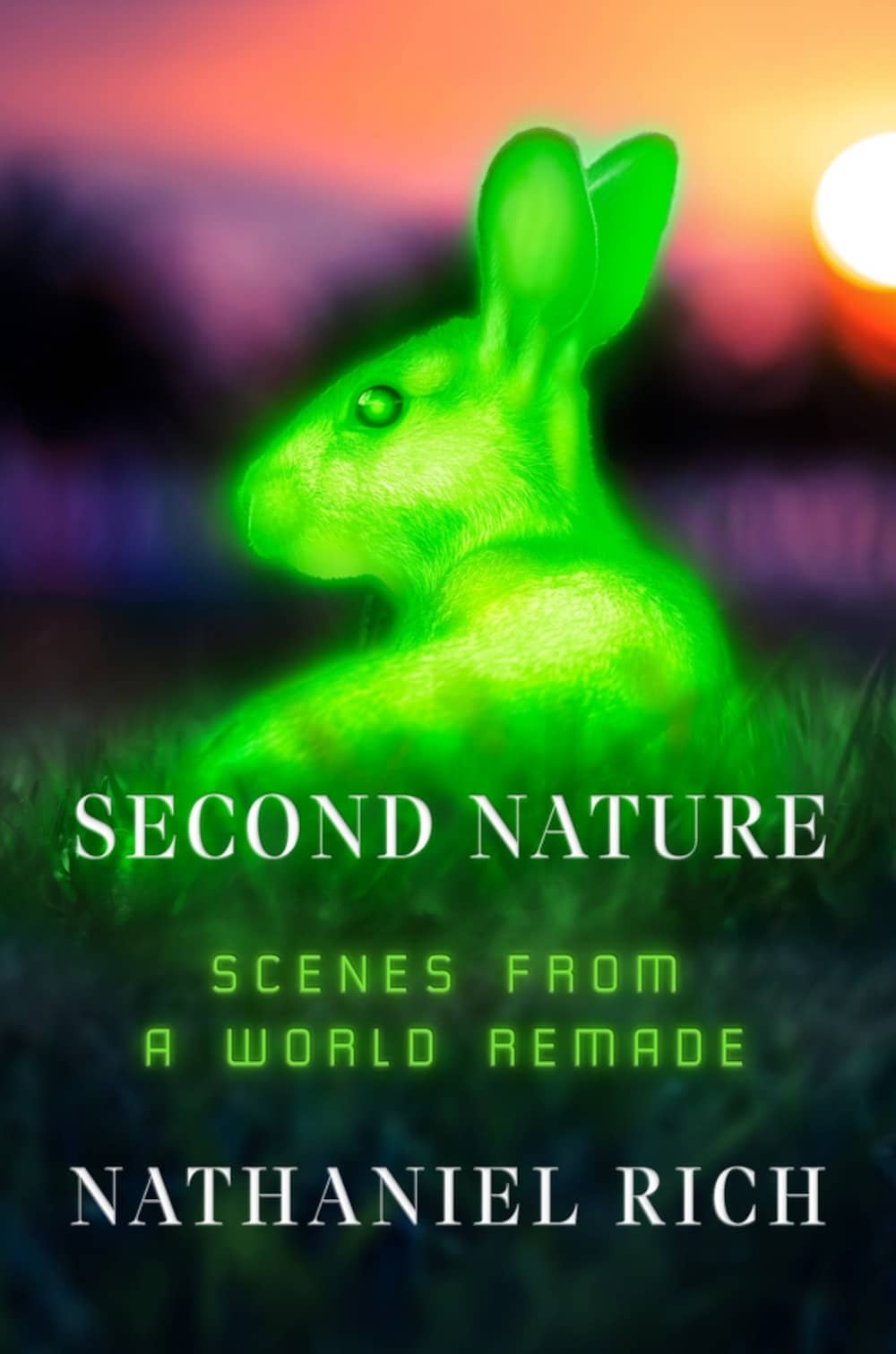
BOOK REVIEW — “Second Nature: Scenes From a World Remade,” by Nathaniel Rich (Farrar, Straus and Giroux, 304 pages).
Rich begins by paraphrasing novelist William Gibson: The future is already here, but our souls haven’t caught up with our rapidly changing natural world. “The trajectory of our era — this age of soul delay — runs from naivety to shock to horror to anger to resolve,” Rich writes.
Climate-related changes abound. Rich spends more than a fourth of the book on New Orleans, which continues to struggle to recover from the devastation wrought by Hurricane Katrina in 2005. The hurricane’s impact was likely intensified by warmer ocean temperatures and higher sea levels. Residents are also coming to terms with consequences of choices made about where and how to rebuild. Vast parts of the mostly Black and lower-class Lower Ninth Ward were effectively abandoned, either deliberately or because people couldn’t move back, and nature quickly took over, including many invasive plant and animal species that have become abundant in just a few years.
The region also bears the marks of years of human transformations. Coastal wetlands have been scored by numerous canals dug by the oil and gas industry for tanker ships and pipelines, and now, as saltwater inundates them, the wetlands are slowly dying. Residents have long been affected by the vagaries of the massive Mississippi River, whose path the Army Corps of Engineers has sought to control for decades. The latest engineering plans will involve blowing a massive hole in a levee in two years, redirecting the Mississippi with the aim of restoring as much as 50 square miles of New Orleans land by redistributing sediment, but the diversion would ultimately rob many local fishermen and women of their livelihoods. Their jobs would soon become climate casualties, just like those of coal workers and offshore roughnecks.
To make matters worse, newly built levees and flood walls will prove nearly worthless as the marshland surrounding the coastline continues eroding and being damaged by oil companies and as sea levels relentlessly rise, threatening to swallow the lower third of the state and make the region’s climate casualties rise as well. These add up to audacious human efforts to transform the natural environment, whose unintended consequences reveal humanity’s power and its arrogance.
Rich is the author of the award-winning 2019 book “Losing Earth: A Recent History,” in which he argued that in 1979 scientists and policymakers knew nearly everything they understand now about climate change, and climate stories are his strong suit. In “Second Nature,” he trains his eye on a wider range of stories, from reengineered coastlines to genetic engineering, from sea star wasting syndrome in the Pacific Ocean to engineers creating lab-grown chicken and cooks who make it appetizing. He doesn’t always spell out the connections between them, however.
Rich touches on other aspects of today’s brave new world as well. These include invisible chemicals, some of which have belatedly identified as harmful to human health after years of use or whose toxic concentrations have been downplayed, causing cancers and disease when vulnerable people are exposed to too much of them. Our world proliferates with potentially dangerous chemicals, in the air and water and in our cars and homes. Recent news stories point to air pollution in New Orleans by chloroprene, emitted by a synthetic rubber factory plant nearby, and to pollution near Chicago by another carcinogenic gas, ethylene oxide, used by multiple plants and companies. Rich tells the story of methane gas leaks near Los Angeles, which affected the health of some residents in Aliso Canyon in 2015, and that of perfluorooctanoic acid, or PFOA, which public health advocates eventually proved was affecting people in Parkersburg, West Virginia.
Most of these episodes involved colorless chemicals and gases, but just because something can’t be seen doesn’t mean it’s not harmful. In his stories, Rich highlights heroes, or those at least trying to do their part, and also names villains. SoCalGas, for example, was behind the methane leaks and DuPont was to blame for the PFOA, used in the manufacturing of Teflon.
In spite of the complex issues involved in such stories, Rich’s engaging, incisive, and evocative writing style comes through. While writing about PFOA, whose toxicity the federal government was slow to recognize, he points out that more than 85,000 synthetic chemicals are in regular circulation, but “more than half a century after ‘Silent Spring’ and 40 years after Congress passed the Toxic Substances Control Act, the American government has restricted use of six of them.” He describes the land built in the 1990s by the diverted Mississippi this way: “Like most man-made things it was unruly, even clumsy; its charms, and its dangers, were accidental and unforeseen. It was not, by any conventional definition, natural. But it was alive.”
Despite his impressive writing abilities, Rich has trouble stitching together his stories of our rapidly changing and increasingly unfamiliar climate, food, and land. In all but two chapters, he adapts his recent work in The New York Times Magazine, where he’s a writer-at-large, The New Republic, and other magazines, and only the brief introduction and a couple of references here and there signal that the stories have been combined in a single volume. A clear argument or narrative never fully emerges.
“Second Nature” nonetheless seems timely, touching on pressing debates that emerge as the limits and implications of cutting-edge science and engineering manifest themselves. Perhaps it’s not a coincidence that other recently published books — including Elizabeth Kolbert’s “Under a White Sky” and Carl Zimmer’s “Life’s Edge” — involve similar environmental and scientific questions about new technologies considered for addressing environmental problems and about the limits of life and lifelike objects.
For example, Rich discusses scientists designing transgenic rabbits that glow green under blue light, and others attempting to bring passenger pigeons back from extinction, while Kolbert investigates species-exterminating gene drives and Zimmer explores the apparent intelligence of slime molds and the lifelike qualities of lab-grown organs. Rich addresses our fumbling responses to climate change, while Kolbert writes about the risks and benefits of large-scale technologies intended to stop it, like geoengineering schemes and carbon-capture tools.
Each of these authors probes crucial ethical quandaries we have yet to resolve, which could be summed up with the question, “How far should we go?” while manipulating the natural world. Just because it can be done doesn’t mean society should let scientists have free rein with such research.
In the context of humanity’s powerful technologies, Rich quotes Stewart Brand’s classic counterculture work “Whole Earth Catalog,” which first proclaimed in 1968, “We are as gods and might as well get good at it,” and later updated it as an obligation: “We are as gods and HAVE to get good at it.”
But many people, including Rich, question supposed “technofixes,” since their outcomes depend on who’s exploiting nature and technology, and for what purpose. Rich ultimately acknowledges the dilemma, writing, “Because we are not gods but primates plagued by fear and hubris, impersonating divinities usually ends in humiliation.”


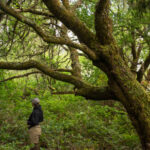
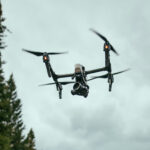
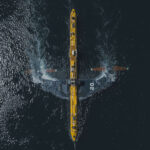





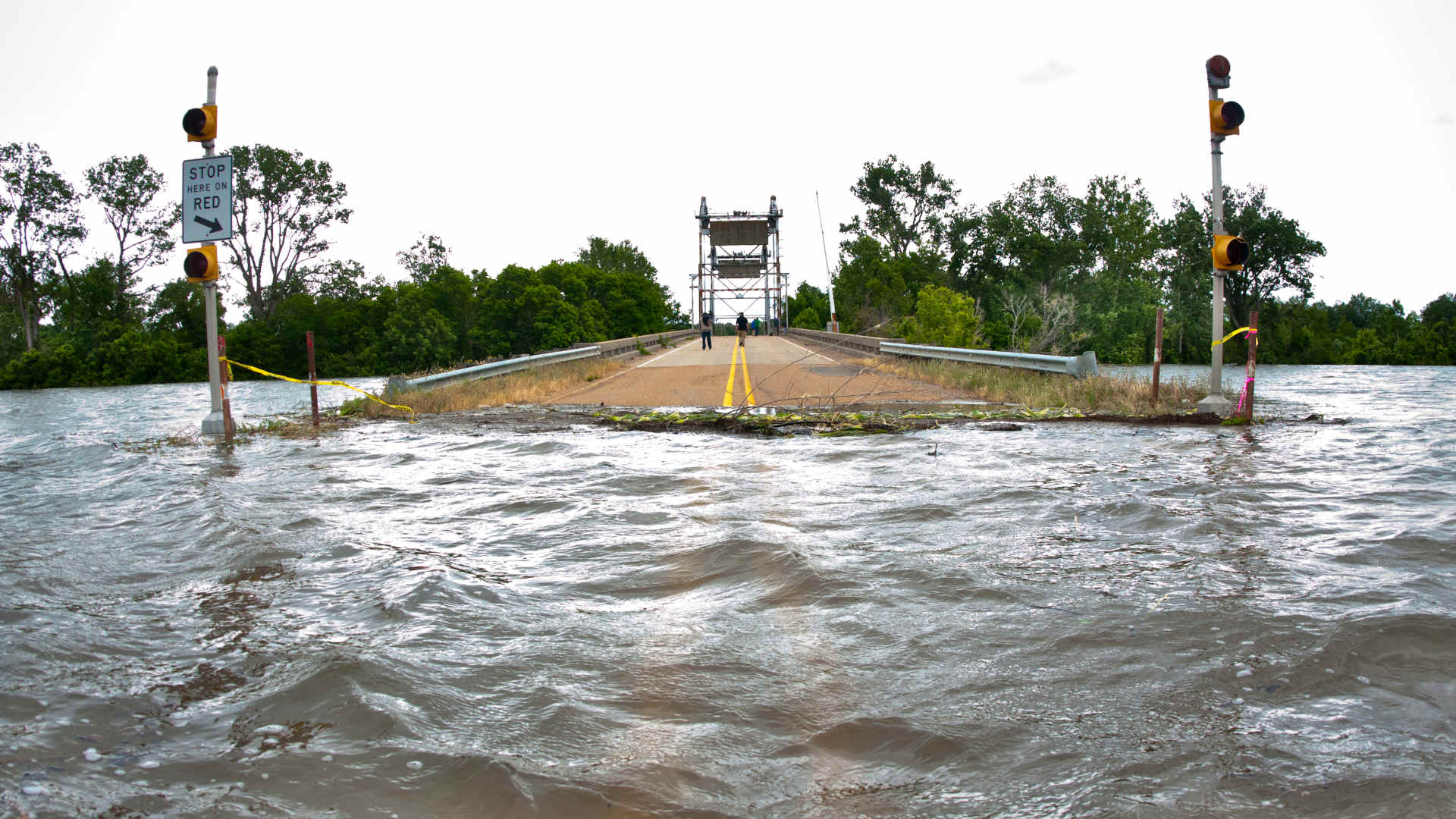
Comments are automatically closed one year after article publication. Archived comments are below.
The author of this article probably can’t hold his weed. I mean I’m assuming…